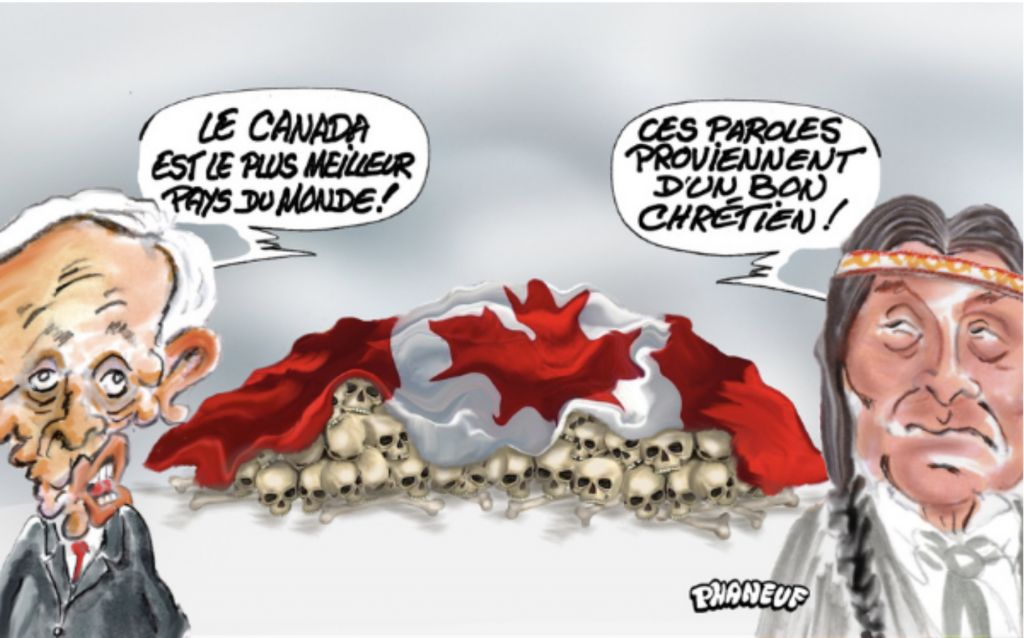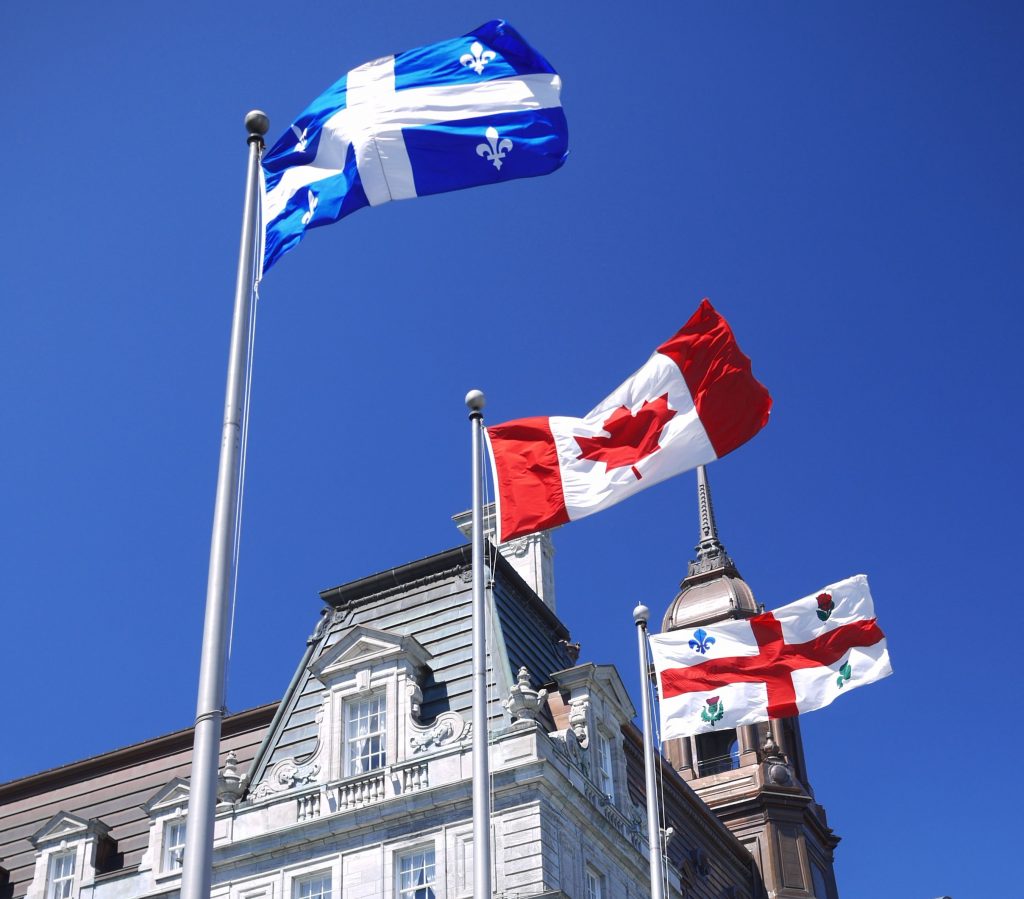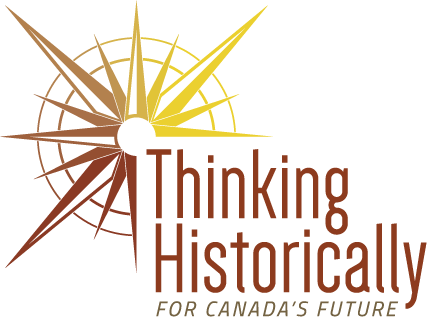Charles Lévesque, Secondary School Teacher
École Pierre-Dupuy
Montréal, Québec
Charles Lévesque teaches at École Pierre-Dupuy, which is part of the Centre de services scolaires de Montréal. He mainly teaches secondary 1 to 5 students in a small neighbourhood school with around 350 pupils. École Pierre-Dupuy is in a neighbourhood known to be disadvantaged. The school, though small, welcomes a diversity of students, including those from the Arobas program, a voluntary program that does not accept students based on grades, as well as students with ASD. The school also offers a special education section with classes for students in secondary 1 to 4. The school community is evolving, with the neighbourhood becoming increasingly diverse. Students in the Arobas program use more technologies and follow a project-based approach, in contrast to other regular classes where instruction is more conventional. The neighbourhood’s social and economic situation influences students’ receptiveness and the teacher’s approach to teaching history, encouraging discussion and respect for different points of view.

Indigenous Knowledge
Charles Lévesque incorporates his experiences in the Indigenous world to enrich the teaching of history, making Indigenous perspectives more accessible and credible for his students.
Having taught in an Indigenous setting for many years, Charles Lévesque developed a deep and genuine understanding of Indigenous knowledge and perspectives. “When I talk about Indigenous topics, particularly in secondary 3 and 4 where we cover national history, students view me with a certain credibility,” he explains. This credibility comes not only from his experience, but also from his ease with the subject.
Students often have a stereotypical view of Indigenous people, which is unfortunately pejorative. Lévesque sees a sense of curiosity among students, although some admit to a lack of interest. He strives to convey the diversity of First Nations perspectives, emphasizing that their perceptions and backgrounds are manifold. “There are many First Nations perspectives,” he insists, adding that it is essential to acknowledge this plurality.
Lévesque uses his background to illustrate the importance of the traditional territories of Indigenous peoples, their seasonal use of the land and the demographic impacts of the microbial reactions of past centuries. “Europeans often settled where there were already Indigenous communities,” he points out, explaining that places like Montréal were natural crossroads for trade.
Training in anthropology and field experience in Indigenous settings have shaped his approach to teaching. Collaborating with Indigenous teachers and conducting his own research, Lévesque tries to pass on this knowledge despite the constraints of the school curriculum. “I try to approach it from an anthropological point of view, because it makes perfect sense,” he concludes, noting the challenges of incorporating this knowledge into an often-limited educational framework.

Teaching and Learning
Through his teaching of history, Charles Lévesque explores the complex intersections of linguistic and religious identities in Quebec, particularly before and after the Quiet Revolution.
Charles Lévesque highlights the importance of understanding the close connection between the Catholic faith and Francophone identity in Canada. “When you teach the history of Quebec and Canada, religion is inextricably linked to the development or underdevelopment or some form of preservation of the Francophone community,” he explains. Until the Quiet Revolution of the 1960s, it was difficult to separate the Catholic faith from the identity of French Canadians.
Lévesque points out that before Canada was founded, the elites of the British Crown and the Catholic Church collaborated to promote the idea of imperialism and maintain a certain hegemony over the French-speaking population.
Openness to the world in the post-World War II years enabled the people of Quebec to speak up and demand something different from what the hegemonizing Canadian federation had offered up to that point: greater autonomy, emancipation, and greater control over immigration, among other things. Immigration has always served to dilute the number of Francophones. “Before the Second World War, anyone who was not a ‘born and bred’ Quebecker would be spoken to in English because they were a stranger to the culture,” he notes.
The Quiet Revolution led to the democratization of society. The Quebec government became an important player in this change: the creation of various ministries, the takeover of the education system, the implementation of economic levers, and secularization transformed the Canadian into a Quebecker. At the international level, the establishment of “Maisons du Québec” abroad ensured that Quebec would have the representation it wanted.
Co-constructed by Charles Lévesque and Gabriel Masi
